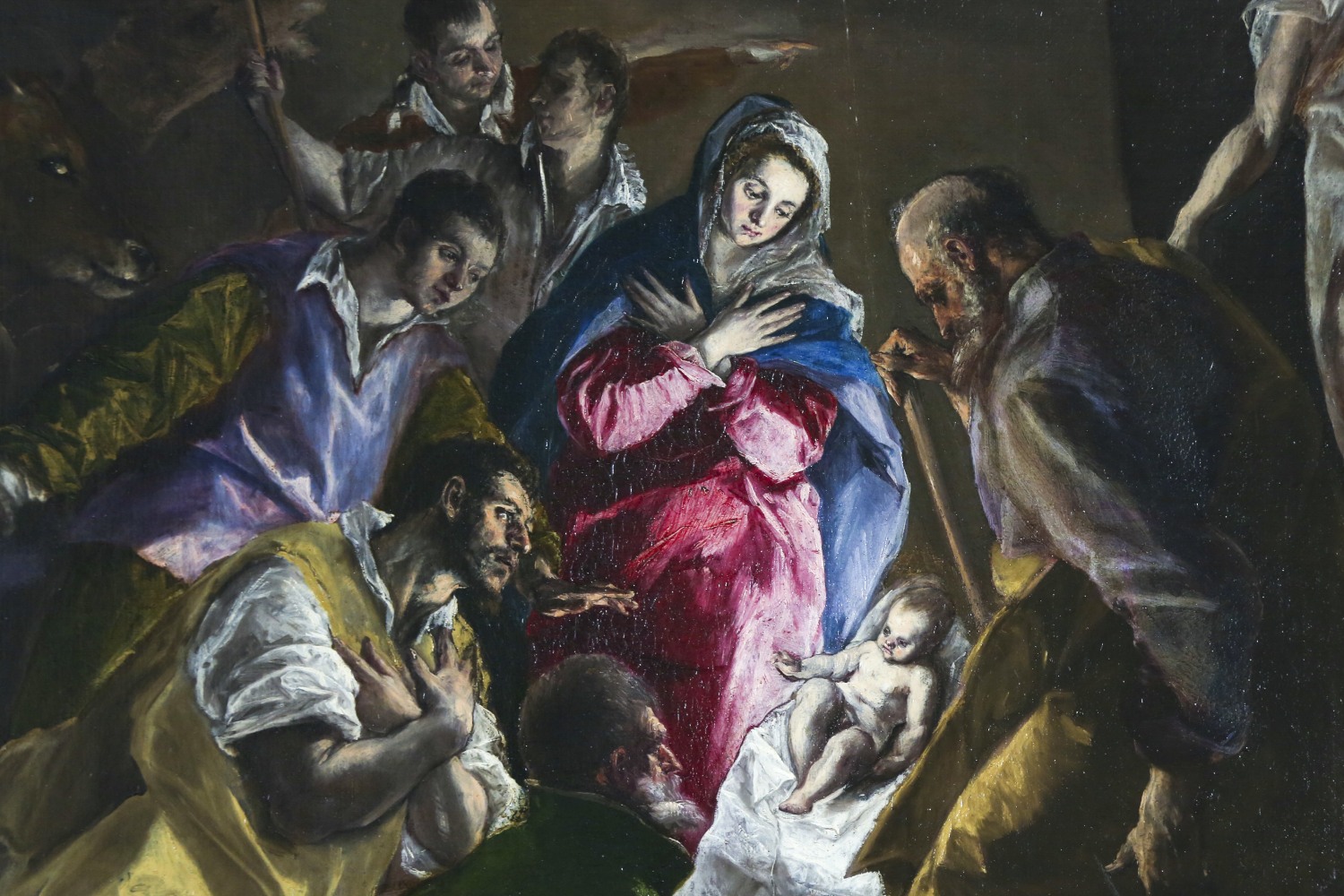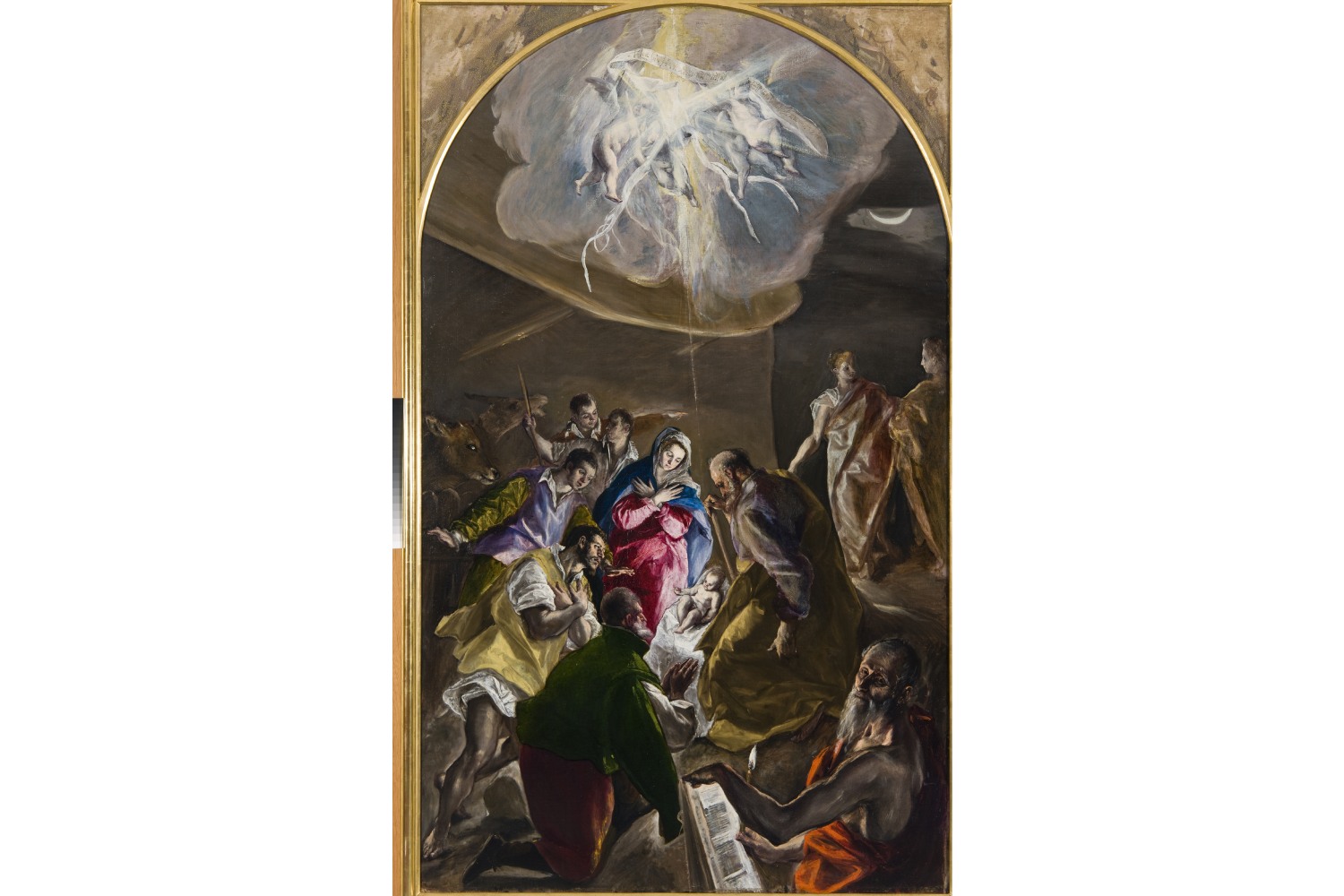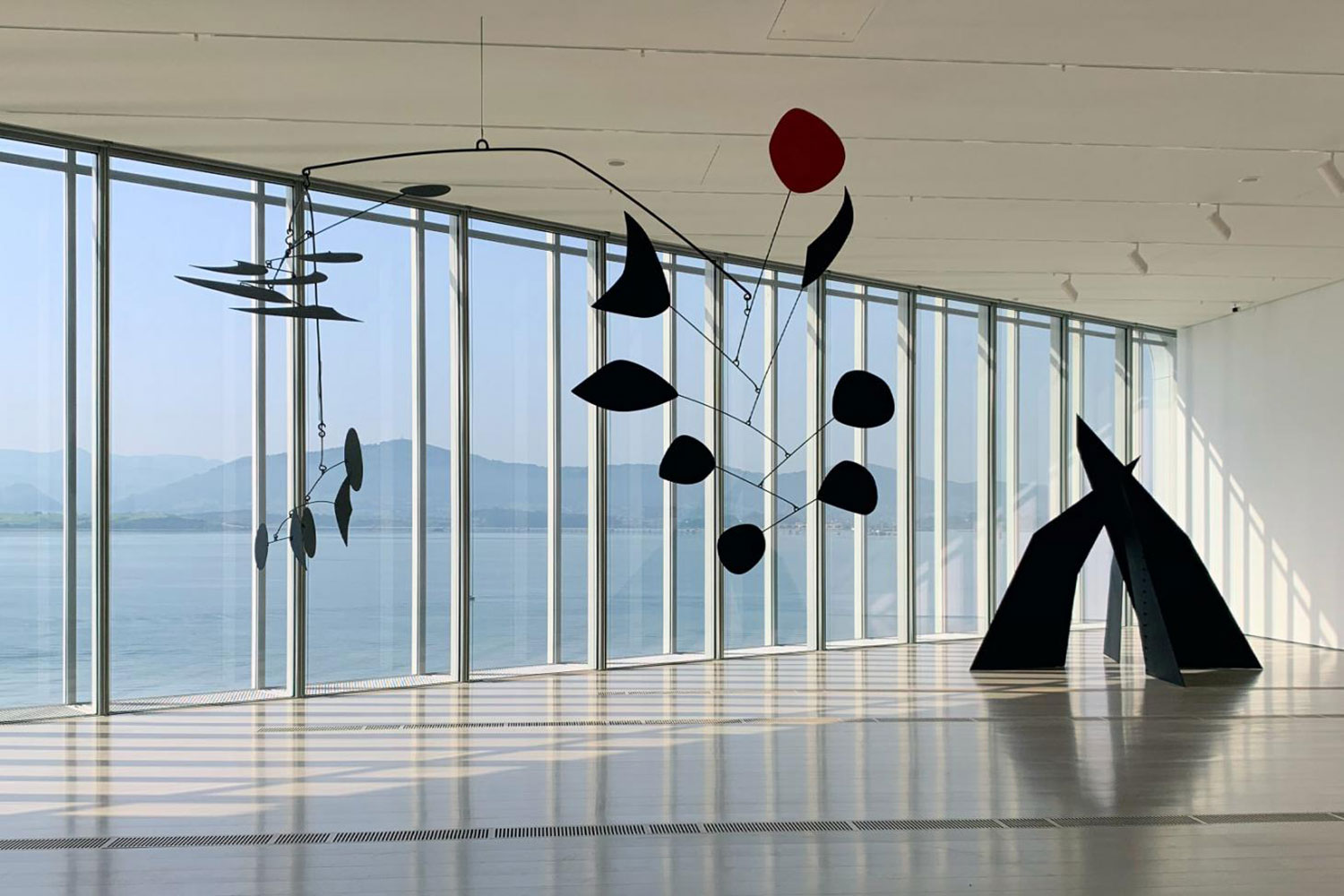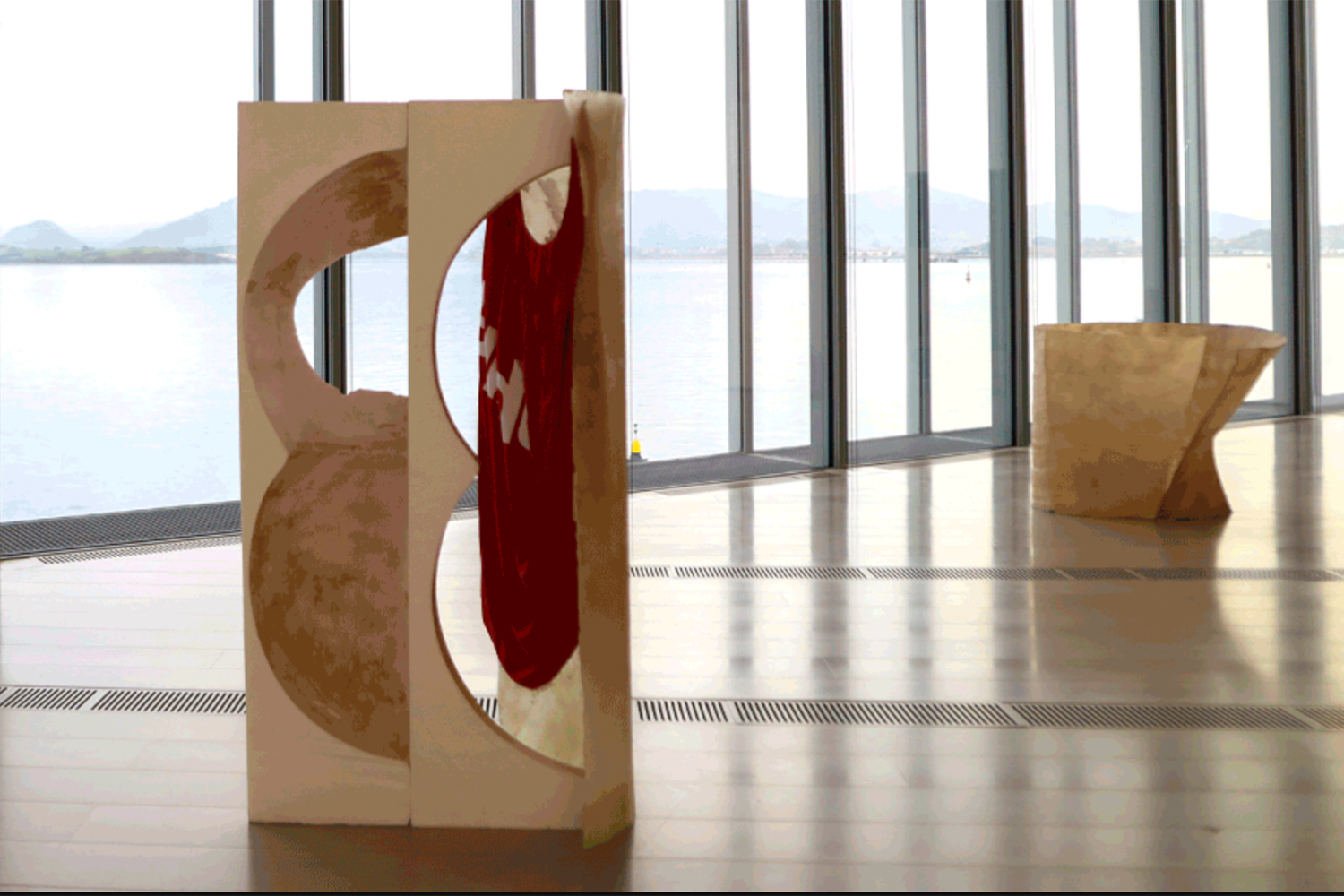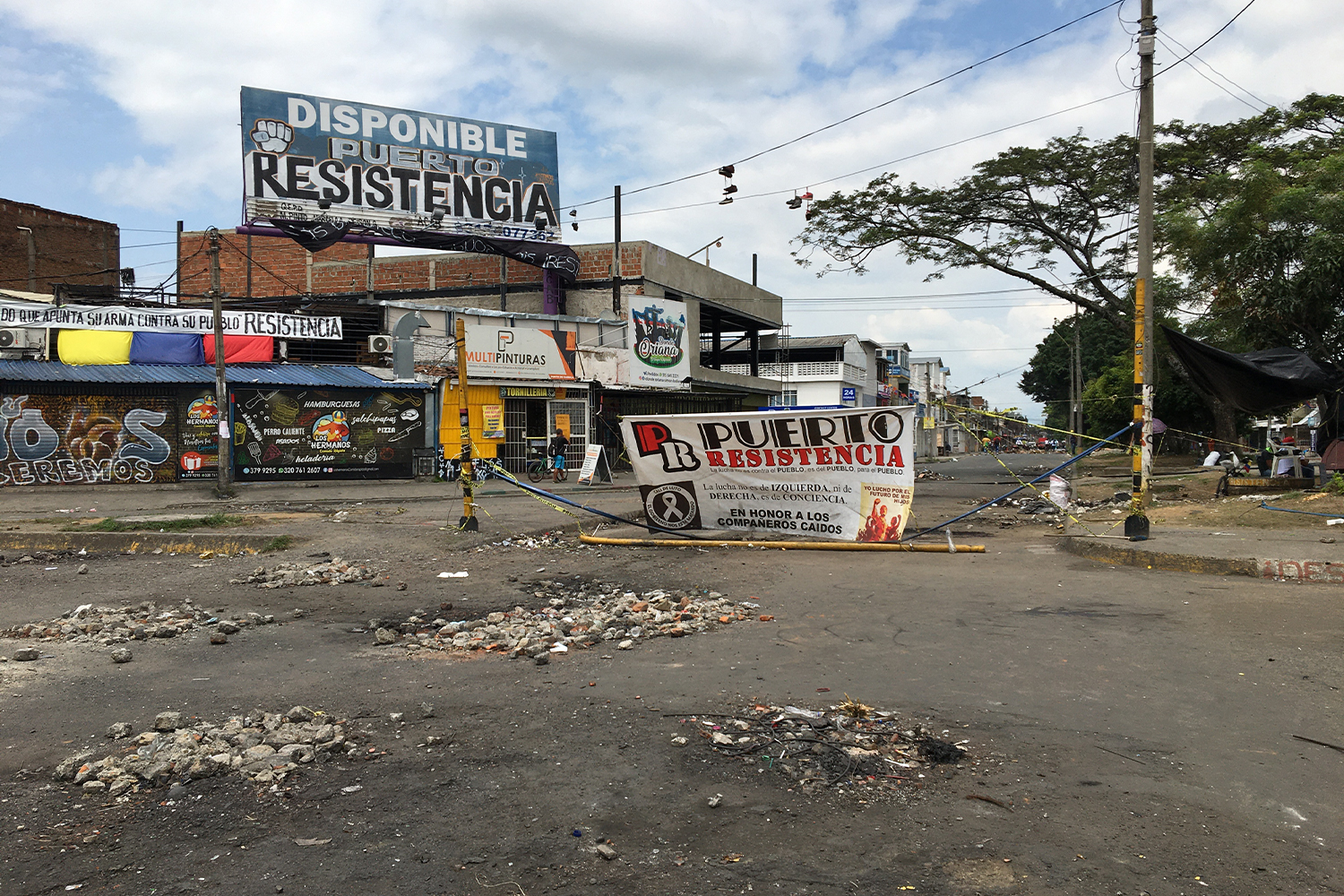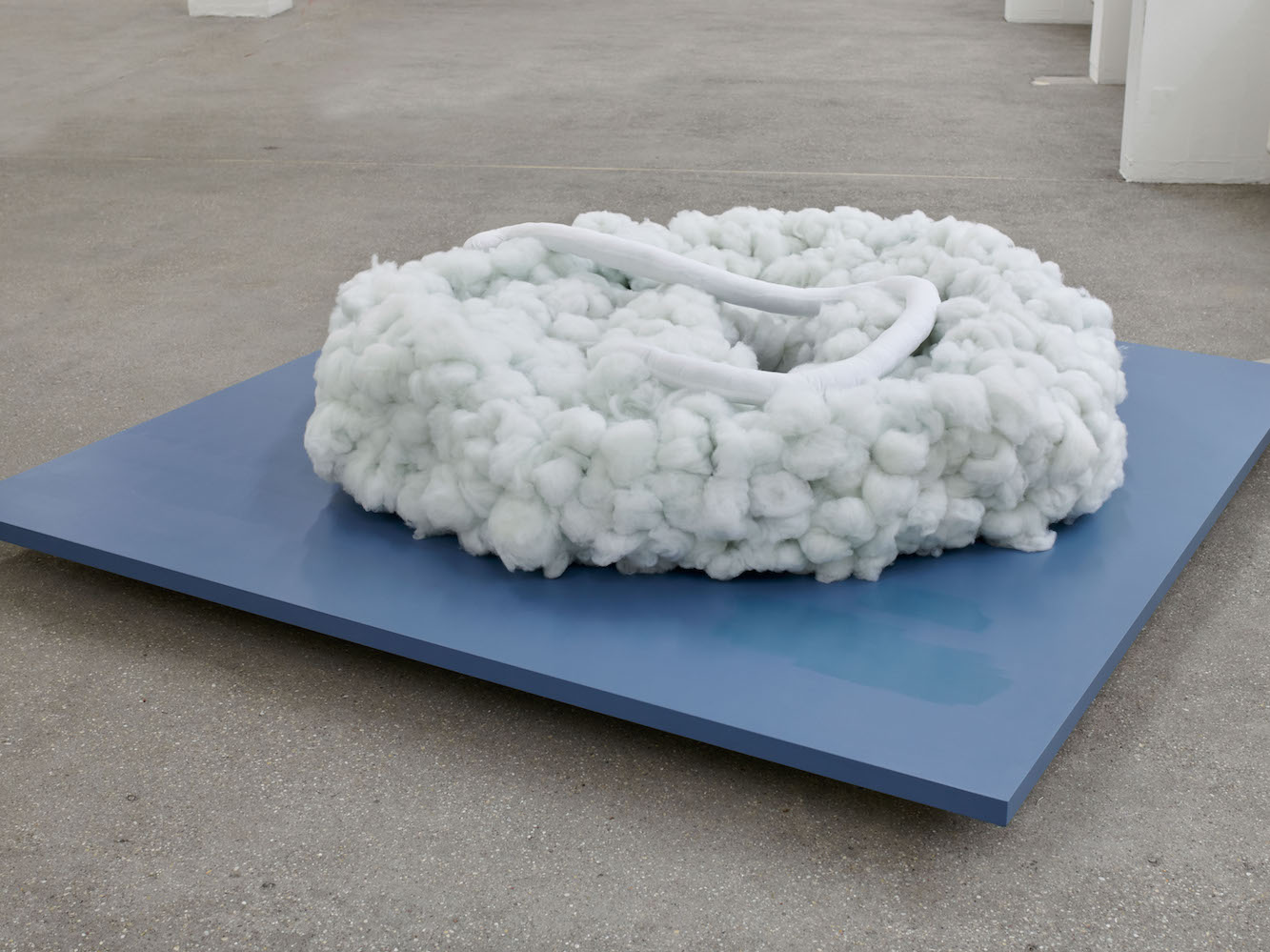The starting point for Tino Sehgal’s new work This youiiyou (2023) — whose very title suggests a mirroring effect — is an altarpiece painted by El Greco for the nave of the monastery of the Santo Domingo el Antiguo in Toledo, Spain, which belongs to the Fundación Botín’s collection. When the show’s curator, Udo Kittelmann, initially suggested that Sehgal make a live work resonating with the Renaissance master’s paintings (of which the collection boasts more than one), the artist’s choice fell on the Toledo altarpiece for a reason. The Adoration of the Shepherds (1577–1579) depicts something that the other El Grecos held in the collection do not: a baby.
The biblical scene, with an infant bathed in a halo of stark white light as its central element, provides a frame of reference for This youiiyou, yet does so without laboring the point. El Greco’s painting, in its plain gilded frame mounted to a floor-to-ceiling exhibition panel, is a discreet presence placed at a distance from Sehgal’s live artwork unfolding across the vast gallery space. At the press conference coinciding with the exhibition’s opening, the artist explained that, to his mind, the show has four elements: El Greco’s and his own work, Renzo Piano’s architecture, and the landscape of Santander. The futuristic building designed by Renzo Piano, which opened to the public in 2017, consists of twin blocks on stilts connected by a walkway, their shape recalling a pair of reflective wings; each lobe is fitted with windows spanning the whole façade at the front (facing the landscaped Pereda Gardens) and at the back (looking out toward the Bay of Santander and the hills beyond it). The massive windows on both sides of the main upper gallery make it a challenging space to exhibit in, but they let in the sea, the wide skies, and the park’s greenery — at least most of the time; on the morning of the show’s opening, the landscape was shrouded in mist, effectively obscuring it.
Sehgal has worked with children on more than one occasion, most strikingly perhaps in This progress (2006), in which the visitor’s first interlocutor is a child, and in Ann Lee (2011), whose eponymous manga character is variously embodied by young girls (joined by boys in the companion piece Ann Lee & Marcel of 2015). Working with babies is not something he has attempted before, and it presents rather different challenges. Whereas one can communicate with a child or an academic (another category of interpreters that Sehgal’s pieces have often relied on in the past), babies make for an altogether more unpredictable “material.” As far as sourcing them went, Sehgal was able to draw on a close-knit group of regular interpreters, many of whom have recently become mothers and/or fathers, joined by some local families.
This youiiyou is not really an interactive work, although the lingering visitor might engage in some nonverbal interplay with the (adult and infant) interpreters, in the quieter moments of the piece especially. For the most part, the audience’s role is that of a spectator, observing from a respectful distance a very intimate scene. The focus of everyone’s attention is firmly on the babies, from the moment they make their first tentative appearance, either cradled in their mother’s or, more rarely, their father’s arms, or, in the case of toddlers who can walk, holding on to the hand of an adult who leads them toward their mother. (At the start of the four-month-long exhibition, the youngest baby was just over three-months old while the oldest was a year and three months.)
One of the most moving moments — in a piece that has no shortage of them — is when the child who is led in by the hand spots its mother among the interpreters and starts running toward her. Another such pivotal moment in Sehgal’s carefully “constructed situation” is when two babies briefly appear side by side, literally confronting each other and seeing themselves reflected, as in a mirror. At that stage of their development, before they reach the eighteen-month benchmark, babies are hardly aware of themselves as distinct from others. This may be yet another way of reading the piece’s aggregate title.

